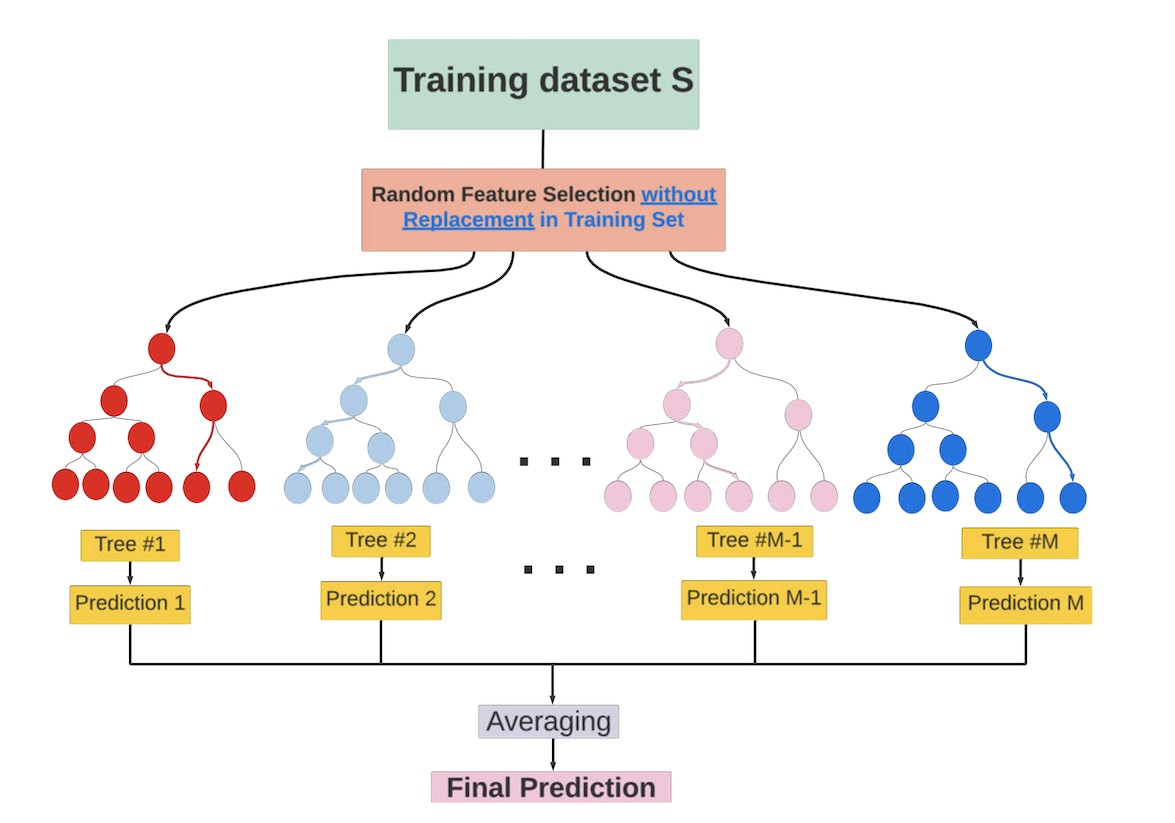Interpretable Soft Sensors using Extremely Randomized Trees and SHAP
In Proceedings of the 22nd IFAC World Congress,
Liang Cao, Xiaolu Ji, Yankai Cao, Yupeng Li, Lim C. Siang, Jin Li, Vijay Kumar Pediredla, R. Bhushan Gopaluni
[PDF] [Slides] [Video]
Abstract
Tree-based ensemble models are easy to implement and have been widely used in various fields. However, they have limitations in industrial process applications since the majority of tree-based ensemble models are prone to over-fitting. In addition, the internal structure of tree-based ensemble models is very complex and the output of the model is also difficult to explain, which makes its application in industrial soft sensors very challenging. The purpose of this work is to build accurate and interpretable soft sensors for industrial processes. First, to deal with overfitting, a robust tree-based ensemble model and extremely randomized trees are used to build accurate soft sensors. Then, to improve model interpretability, an interpretable machine learning algorithm, namely Shapely additive explanation, is used to infer the global and local contributions of each feature to the predictions. Finally, the effectiveness of the proposed algorithms is validated on real industrial fluid catalytic cracker unit data.
Read or Download: PDF
